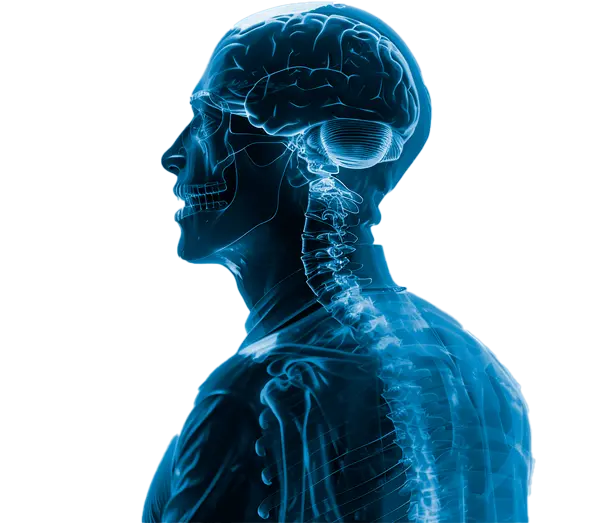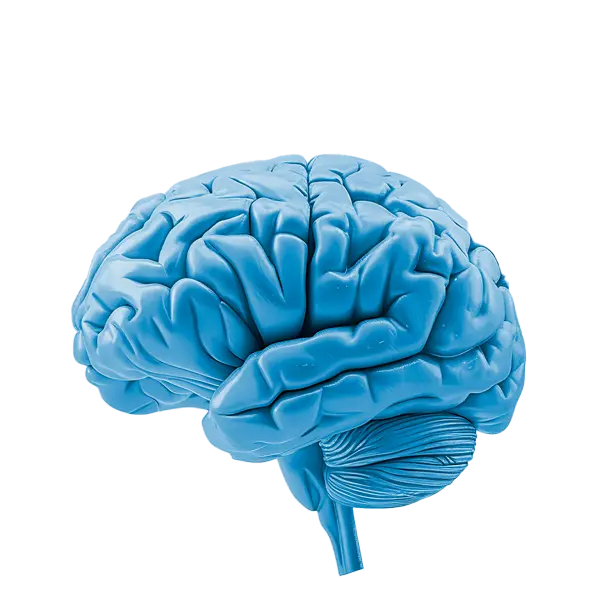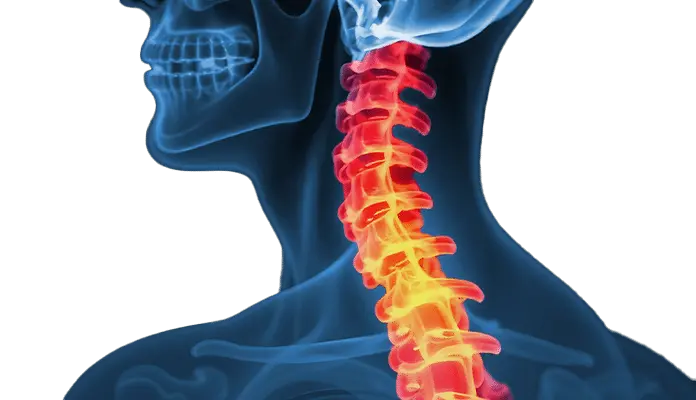Brain and spinal cord


Multiple Sclerosis
This condition is caused by destruction of myelin—the protective sheath surrounding nerve fibers—leading to impaired conduction of electrical signals. This disruption breaks communication within the central nervous system, ultimately damaging brain function. Stem cell therapies have shown potential not only to stabilize the disease and slow its progression, but also to improve life expectancy by remyelinating affected nerve fibers. Thanks to their remyelinating and anti-inflammatory effects, these therapies may go beyond stabilization, helping patients regain functions they had already lost. In addition, these treatments have been associated with reductions in disease-activity biomarkers in both blood and cerebrospinal fluid.
Amyotrophic Lateral Sclerosis
It is a disease characterized by destruction of motor neurons, neurovascular damage, and muscle degeneration, leading to paralysis, respiratory failure, and death. Stem cell treatment has emerged as a safe procedure and a promising strategy to protect motor neurons and slow disease progression.


Parkinson’s Disease (PD)
It is caused by a progressive loss of neurons in specific dopamine-producing brain regions that are essential for movement control. Stem cell therapies for Parkinson’s disease offer potential benefits by regenerating damaged neurons and modulating the inflammatory environment, helping restore motor function, reduce symptoms such as tremor and rigidity, and improve overall quality of life.
Alzheimer’s Disease
It is characterized by brain changes that lead to deposits of certain proteins, causing brain atrophy and neuronal death. Regarding the role of stem cells in Alzheimer’s disease, there is a solid theoretical basis for potential benefit. Human evidence is limited but promising.


Autism
Autism spectrum disorders (ASD) are a group of clinical conditions characterized by difficulties in communication, social behavior, and repetitive actions. Stem cells, with anti-inflammatory, neuromodulatory, and neuroregenerative properties, have shown potential benefits. Improvements have been observed in biochemical markers of neuroinflammation, as well as in scales that measure ASD symptom severity, including language, social communication, repetitive behaviors, and hyperactivity.
Hypoxic-ischemic Encephalopathy
It results from several perinatal conditions that cause disturbances in blood circulation and oxygenation of nervous tissue, leading to energy deprivation and cell death, and resulting in intellectual disability, developmental delays, and cerebral palsy. Stem cells in the central nervous system secrete paracrine factors that regulate inflammation, oxidative stress, cell death, and fibrosis, producing neuroprotective and regenerative effects.


Stroke
It is a medical condition that occurs when the blood supply to part of the brain is interrupted or reduced, depriving brain tissue of oxygen and nutrients and potentially causing brain cell death. Stem cell therapy shows promising benefits in both hemorrhagic and ischemic strokes, with better outcomes in ischemic cases. In these patients, stem cells enhance brain repair by improving blood flow, reducing inflammation, and promoting regeneration of neurons and blood vessels, resulting in better functional recovery and less disability.
Traumatic Brain and Spinal Injuries
Regarding the potential benefits of stem cells in injuries of the central nervous system, several studies have found that these cells can differentiate into various nervous-system cell types; secrete neuroprotective substances; stimulate myelin formation and neuronal development; and inhibit scar formation. All these effects were shown especially in patients with partial spinal cord injuries, improving their quality of life.


Additional services
Related treatments
Joints
Restore your mobility and alleviate pain through ...
Aging
Frailty syndrome is characterized by a reduction ...
Sports
Accelerate your recovery and boost your ...
Beauty
Achieve healthier skin with our beauty-focused ...
Autoimmune
Balance and modulate your immune system with our ...
Sex and reproduction
Enhance your performance, improve fertility, and ...
Organs and Tissues
Enhance organ function by targeting critical ...









